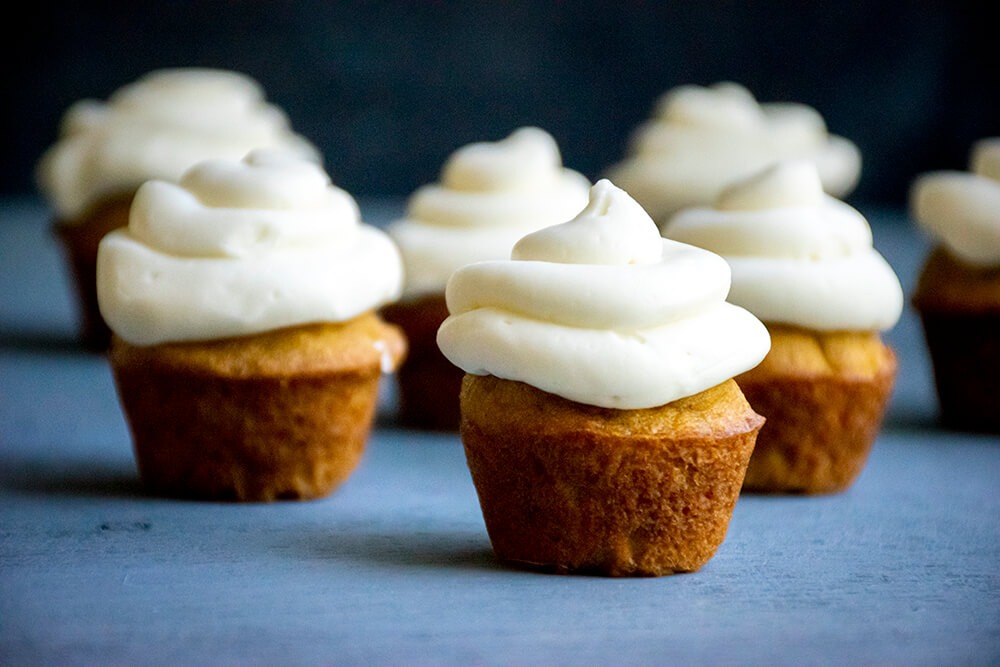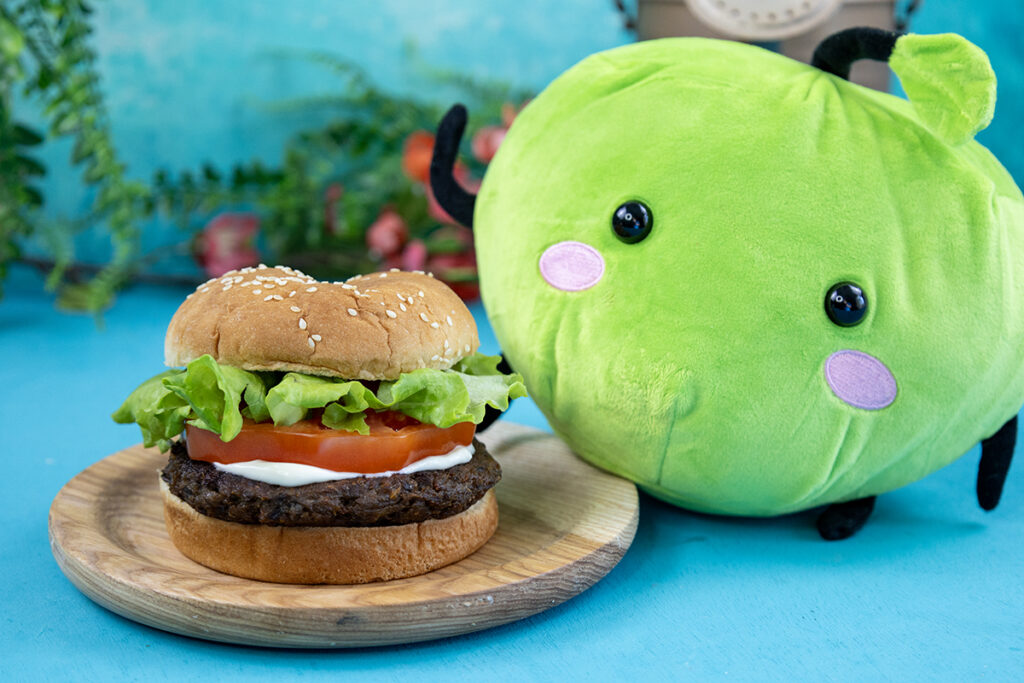One Hour Mozzarella Cheese
The Starving Chef is supported by Hungry People like you. When you make a purchase through an affiliate link on my site, I may earn a little bit of cash on the side (at no extra cost to you) to help keep my kitchen running. Read our disclosures here.

What’s Up, Hungry People
Yes, you read that title correctly. You can make mozzarella cheese in just ONE HOUR. This is not a drill!!!
A few months back, while in New York City for our anniversary, we stopped in at Eataly – an iconic foodie destination stocked with some of the highest quality ingredients and utensils I’ve ever seen. After we filled up on food, I grabbed a few souvenirs, including this “Eataly Approved” mozzarella cheese kit.

And while I used a kit to make my mozzarella, now that I have the know-how, I’ll definitely be making my own mozzarella from now on – because it’s actually SUPER EASY!
You only need a few basic ingredients to make mozzarella: whole milk, citric acid, and rennet – a special cheese enzyme. It’s also handy to have a thermometer; one was provided in the kit I got!

You’ll also need gloves to handle the hot mozzarella. I tried doing it without gloves. Trust me, you’ll want gloves. Just a tip.

Here’s What You Need
- Whole milk: The base of the cheese, provides fat and flavor.
- Citric acid: Curdles the milk, essential for cheese formation.
- Rennet enzyme: Coagulates the milk, turning it into curds and whey.
- Salt: Enhances flavor and acts as a preservative.
- Water: Dissolves citric acid and rennet, used for precise ingredient integration.
Let’s Cook
It all starts with the citric acid and whole milk. Once the citric acid has been added to the warm milk, something magical starts to happen. I’m sure it’s all very scientific, because after just a few minutes, the milk transforms:

Citric acid is also what gives sour candies their tartness. So, in layman’s terms, the citric acid has curdled the milk, creating the very start of the cheese culture!

After heating the milk to 100°F, add the rennet and cover the pot when it reaches 105°F. This is where the thermometer proves its worth – always know exactly what temp is the right temp!

In about ten minutes, you’ll witness a significant amount of coagulation. A few minutes longer, and the curds will start to form a mass and pull away from the sides of the pot. The liquid, or whey, will take on a yellowish hue.

At this juncture, you effectively have curds and whey. When the curds are ready, they should spring back slowly after being pressed.

In order to achieve a smooth ball of mozzarella, it’s crucial to remove as much moisture from the curds as possible. I began with a colander, pressing the curds against the sides to drain as much liquid as I could.

Once the curds have ceased freely dripping, it’s time to don the gloves and microwave the curds in thirty-second intervals. DO NOT OVERCOOK THE CURDS! This is crucial; otherwise, your mozzarella may not achieve the desired consistency.

Heat the curds to 130°F. This temperature is optimal for handling and pressing out the remaining moisture by hand. Press and drain, microwave for another thirty seconds, and repeat.

When 99% of the moisture is removed, and there’s minimal liquid left in the bowl with the cheese, it’s seasoning time!
For this batch, I used the “cheese salt” included in the kit. Next time, I’m excited to experiment with fresh herbs or even dried fruit – the possibilities are endless.

I found folding the cheese “into itself” was the best method for evenly distributing the salt. At the correct temperature of 130°F, the cheese will resemble and feel like… well, melted cheese, because that’s exactly what it is!

Real mozzarella is stretched and formed into balls. I made two half-pound balls of mozzarella and found various ways to use them.
The fresh, firm mozzarella can be stored in the chilled whey until you’re ready to use it.
I explored different uses for my homemade mozzarella – once with a simple bruschetta made from pantry finds and the second ball to stuff chicken meatballs for a unique twist on chicken parmesan.

Mozzarella Cheese Making Tips
- Use fresh milk: Fresh, non-ultra-pasteurized milk is crucial for successful cheese making. Ultra-pasteurized milk won’t curdle properly due to its high-temperature processing, which affects the protein structure.
- Temperature control is key: Maintaining accurate temperatures throughout the process is essential. Too high or too low temperatures can affect the curdling and the final texture of the mozzarella.
- Gentle handling of curds: Handle the curds gently during the draining and kneading process. Rough handling can lead to tough cheese.
- Microwave with caution: When microwaving the curds, do so in short bursts to avoid overcooking. Overcooked curds can become rubbery and hard to stretch.
- Salt to taste: The amount of salt can be adjusted based on personal preference. Remember, salt not only flavors the cheese but also helps in its preservation.
- Experiment with flavors: Once comfortable with the basic recipe, feel free to experiment by adding herbs or spices to the cheese for additional flavor.
- Storing homemade mozzarella: Fresh mozzarella can be stored in the refrigerator submerged in whey. This helps maintain its moisture and freshness.
So, there you have it, Hungry People – your very own guide to making mozzarella cheese in less time than it takes to watch your favorite TV show. It’s a simple pleasure, really, turning basic ingredients into something so versatile and, dare I say, fun to pull apart. The next time you’re planning a homemade pizza night or just looking for a new challenge in the kitchen, remember this: with a gallon of milk and a little bit of kitchen science, you’re well on your way to cheese-making glory. And when your friends marvel at your culinary skills, just nod and say, “Yeah, I made that.” Because after all, isn’t that what cooking from scratch is all about? Enjoy your cheese-making adventure, and as always, Enjoy!

One Hour Mozzarella Cheese
Equipment
Ingredients
- 1 gal whole milk ***MUST be fresh & NOT ultra-pasteurized***
- ¼ teaspoon citric acid
- ¼ tablet rennet enzyme
- 1 ½ teaspoons salt
- 1 ¼ cups water
Instructions
- Dissolve the citric acid in one cup of water. Pour the milk into a large pot over medium heat. Bring the milk to 85°F, then pour in the citric acid mixture. Whisk until the milk starts to curdle.
- Dissolve the quarter tablet of rennet in 1/4 cup of water. Freeze the remaining rennet tablet for later use. Bring the milk to 100°F and pour in the rennet mixture. Gently stir until it starts to coagulate, then when the milk temperature reaches 105°F, cover the pot and turn off the heat.
- Let the milk mixture rest for about ten minutes. At this point, there should be a distinguishable curd mass that has pulled away from the side of the pot and is floating on top. The whey will be yellowish in color. If not yet at this point, let it set for another five minutes. The curds should slowly spring back after being pressed upon with the back of a spoon.
- Carefully transfer the curds to a colander. Use a wooden spoon or your hands to press the liquid out of the curds. Be sure to handle the curds as gently as possible. Move the drained curds to a microwave-safe bowl.
- Microwave for one minute. Put on the gloves then use your knuckles to press as much of the liquid out of the curds as possible. Drain and continue to press as much of the liquid out.
- Microwave for another thirty seconds – the cheese should be about 130°F. Continue to press and drain out as much of the liquid as you can (you may have to do this several times). When there is about a half teaspoon (or less) of liquid in the bottom of the bowl, add the salt. Fold the melted cheese into itself to distribute the salt.
- Microwave for another thirty seconds so that the cheese is 130°F. Stretch the cheese a few times and roll it into a ball. Don't let the cheese get too cool during this process. If you need to, bring the cheese back up to 130°F and continue to stretch until the cheese reaches the desired consistency and shape.
- Wrap in plastic to maintain the shape. Serve right away, warm and fresh; or chill and use in other recipes or enjoy as a snack!


































